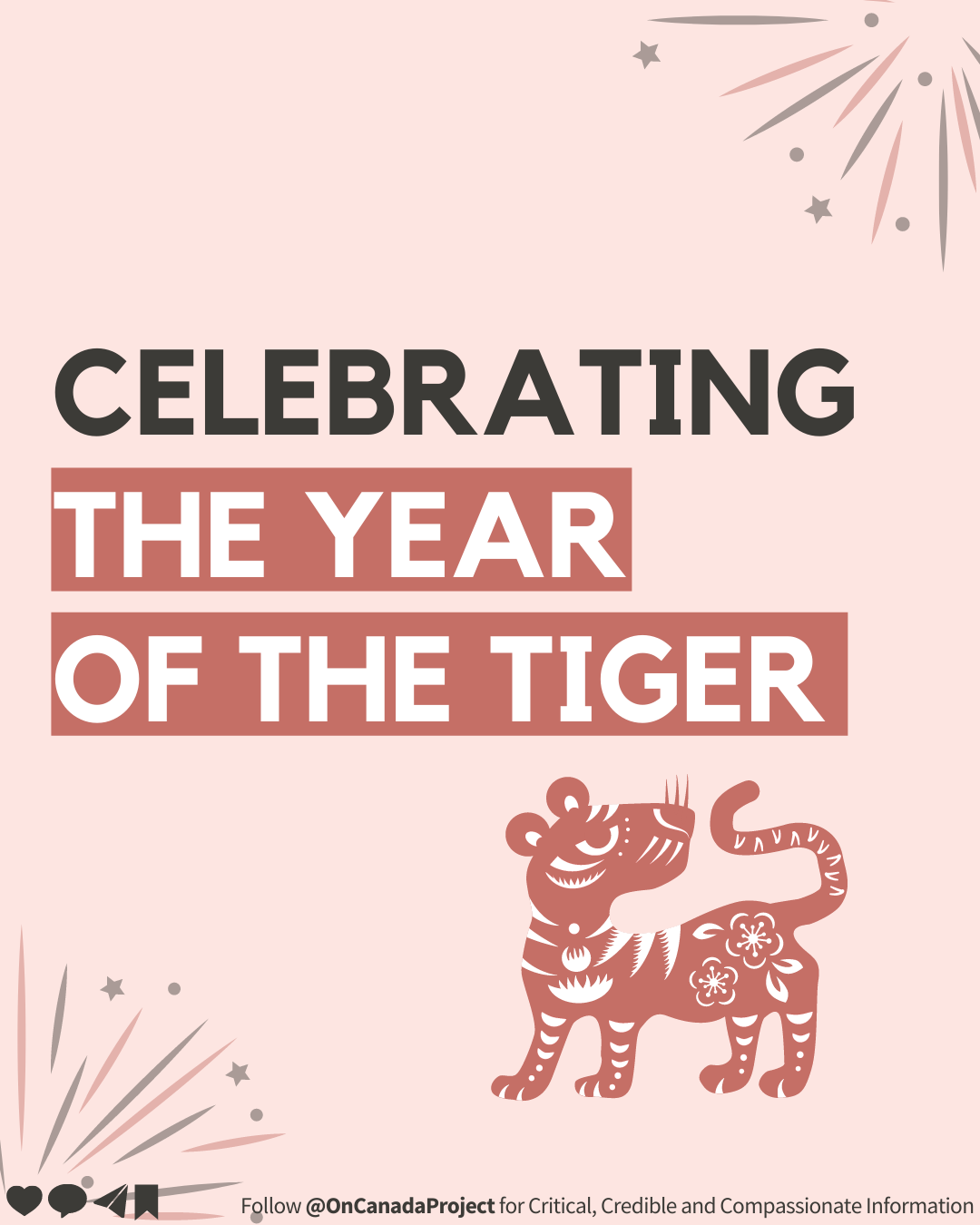Happy Lunar New Year! Celebrating the year of the tiger
Lunar New Year marks the beginning of the lunar new year for over 1.5 billion people around the world. The Lunar New Year begins with the first new moon and ends on the first full moon of the lunar calendar. The Lunar New Year marks a time of a new agricultural cycle, signalling the beginning of the spring harvest. It is a two week long celebration, starting on February 1, 2022. This is is the year of the tiger.
Many communities around the world share common traditions including decorating homes in red, watching parades, eating festive meals and giving red envelops filled with money. Though it is a tradition that exists across cultures, it doesn't look the same across the board. It's important to remember the diversity of different Asian communities, and their unique traditions. Swipe right to learn more.
Seollal
In Korea, Lunar New Year is celebrated with family, with many Koreans traveling back to their family homes during this period. The morning of Seollal begins with the family members gathering in their seolbim (special clothing for Seollal) for an ancestral rite. The ritual is conducted to express respect and gratitude to one’s ancestors.
Following the rite, everyone gathers together and eats ritual foods, including tteokguk, a traditional soup made with sliced rice cakes, beef, egg, vegetables and other ingredients. In Korea, eating tteokguk on New Year’s Day is believed to add a year to one’s age.
Tết
To get rid of the bad luck of the old year, Vietnamese people will spend the days leading up to the New Year cleaning their homes. It is tradition to then decorate with kumquat trees, peach blossoms and apricot blossoms. Marigolds are also used for decoration as they symbolizes longevity while the kumquat tree symbolizes prosperity.
One of the most popular dishes during Tết is Banh Tết, also known as Banh Chung, which is a glutinous sticky rice cakes filled with pork belly and mung beans. Traditionally, the process of making these cakes is an opportunity for the family to come together to help. These cakes are then placed on ancestral altars to show gratitude.







Spring Festival
Ring in Chinese New Year with dumplings! It is custom to eat dumplings during new year because their shape resembles the monetary ingots used during in Chinese history. It is believed the dumplings bring wealth in the new year. Although dumplings are usually filled with meat and vegetables, people will wrap coins, candies or peanuts in dumplings as well to express blessings. For example, coin for wealth, candy for a sweet life and peanuts for good health.
Hobiyee
Lunar New Year is often associated with the celebrations of people around the world with East Asian descent. However, people from many cultures, including Indigenous folks on Turtle Island also celebrate the New Year by following the lunar calendar.
For example, the Nisga'a people of Northwestern BC celebrate Hobiyee, which marks the new year every February or March. This time signifies the emergence of the first crescent moon, indicating the end of winter and the first food supply emerging when the winter resources have been depleted. According to their customs and traditions, if the new crescent moon is seen with a star in the centre, it foretells an abundant year of salmon, berries and various other foods.
As we enter the new year, let's reflect on the impact COVID-19 has brought upon us the last two years — especially marginalized communities. The Asian Canadian community has suffered racism and discrimination at an alarming rate from the past couple of years since on the onset of COVID-19.
This year, we call on our community to uplift the Asian Canadian community by supporting their local Chinatowns, Little Tibets, K-Towns and all the other Asian Canadian communities — whose businesses and livelihoods have been struck hard economically and socially. Like the tiger, let's be brave and strong as we support each other through the new year.
To everyone celebrating, we wish you a happy, healthy and abundant new year.
Sources: HIstory.Com, VisitKorrea.Or, VietnamOnline.com, Today.Com, cfnrfm.ca

